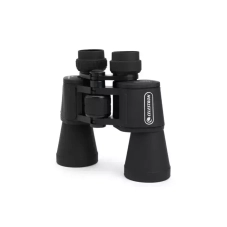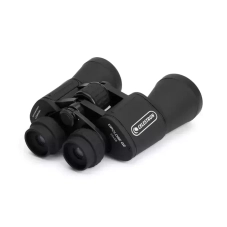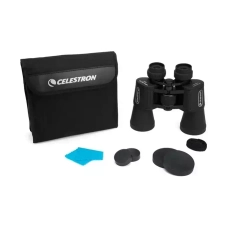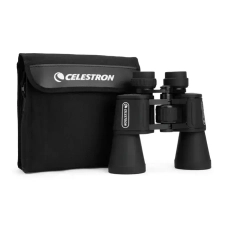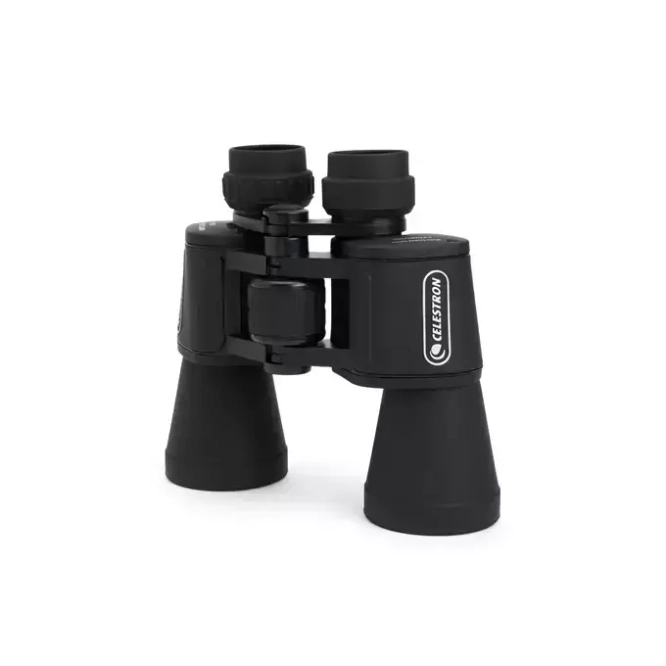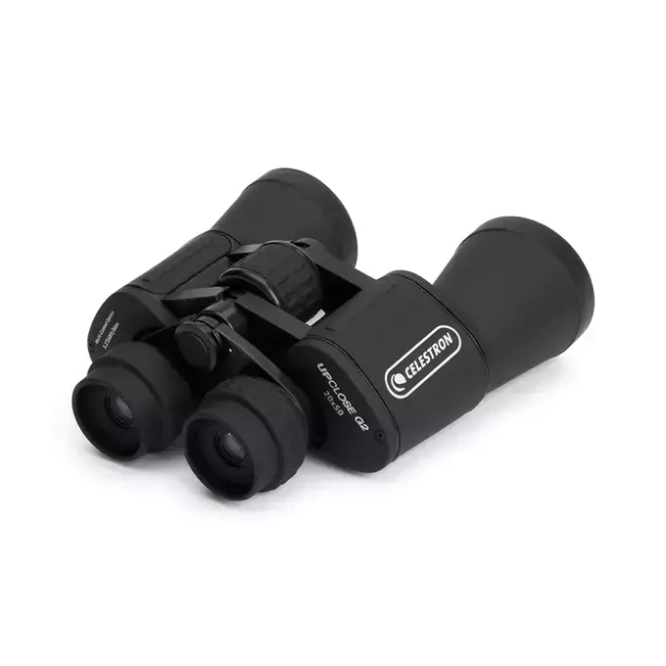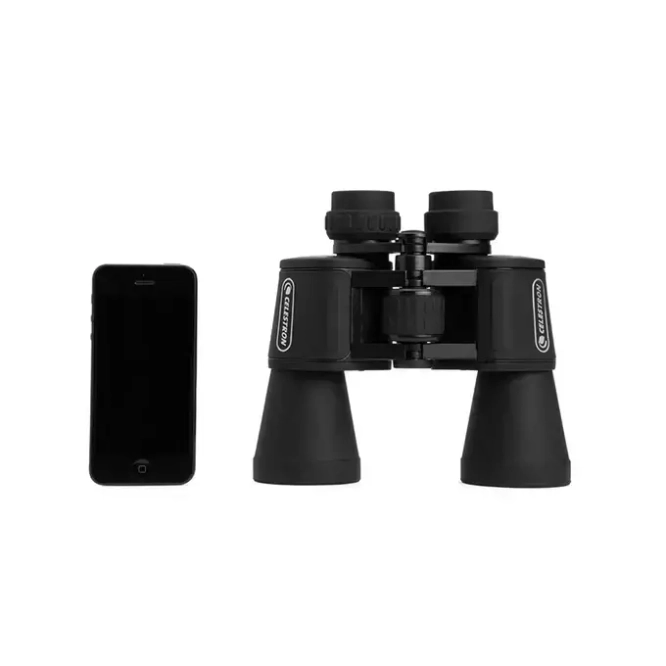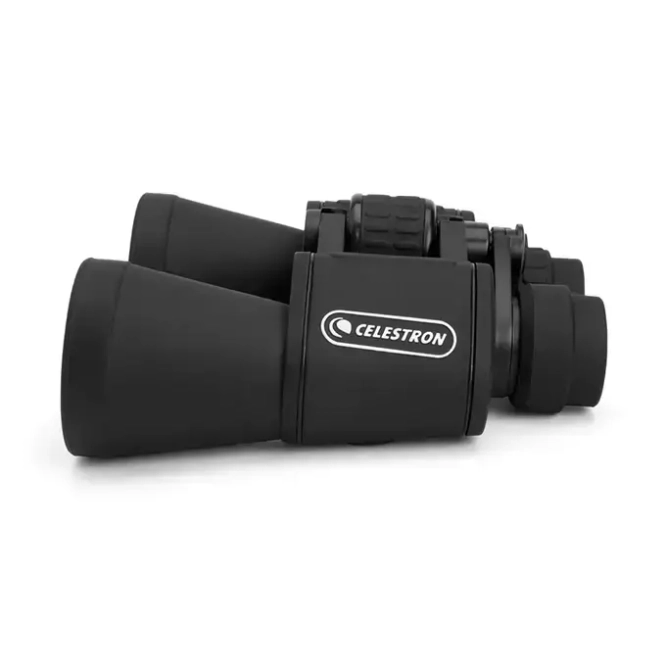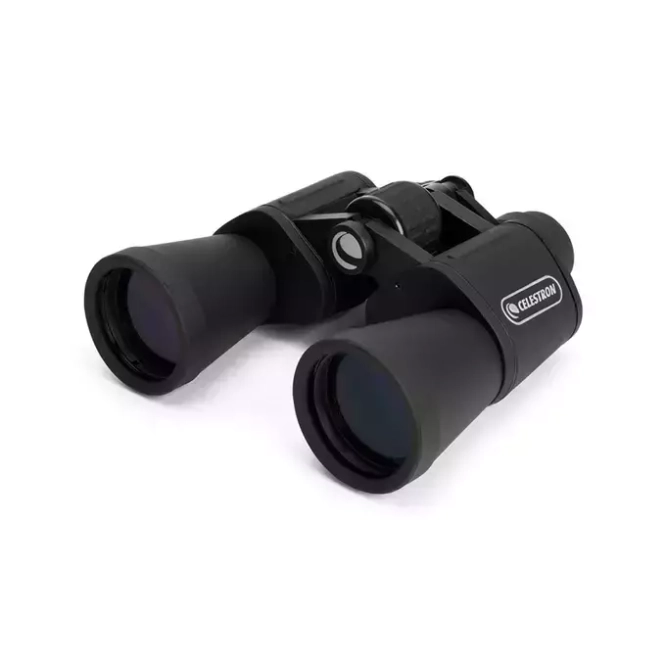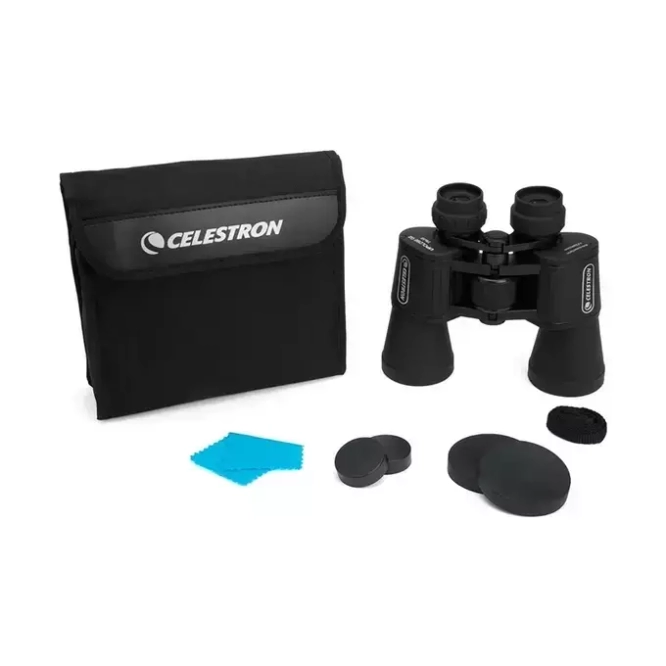- Construction: porro prismatic Zoom: 20x Lens diameter: 50 mm Prisms: BK7 Anti-reflective coatings: MC Field of view: 56 m / 1000 m Maximum distance from the eye: 7 mm Minimum focus distance: 15 m Weight: 794 g
The product does not constitute ballistic protection and has no other protective properties. It is not intended for use in protective purposes, including during tactical/war/ASG games.
The use of the product for ballistic protection and/or for other protective purposes, including the use during tactical/war/ASG games, is the use of the product contrary to its intended use, in which case the buyer does so solely at his own risk.
The vendor is not liable for damage to the product, that might result from the use of the product contrary to its intended purpose, this also applies to all possible health consequences (bodily harm) for the user (buyer) or damage to property. Moreover, a misuse of the product will void the warranty on the product.
The vendor is liable to the buyer under the warranty for product defects (in the event of such defects) only if the buyer/user uses the product for its intended purpose, i.e. for purposes other than protective purposes, including the use during tactical/war/ASG games.
The lack of any protective properties of the product is a feature, not a product defect, and therefore it does not constitute a physical defect of the product within the meaning of the Polish Civil Code.
CELESTRON UPCLOSE G2 20x50 Binoculars
UpClose G2 20x50 binoculars from the renowned Celestron are equipment that offers quality at an affordable price. The binoculars are equipped with high-class lenses. Protected by thick rubber which prevents the equipment from slipping out of the users hand thus protecting it during a fall. The lenses, covered with special anti-reflective coatings, ensure bright, clear and contrasting images. The binoculars have a central focusing mechanism and a separate diopter control on the right eyepiece. Users with visual impairments will have no issues with adjusting it to their needs.
The binoculars have lenses with a diameter of 50 mm and a magnification of up to twenty times - such a "strong" magnification allows you to observe high-flying planes, recognize very distant objects in the field, and see many fascinating details of the Moon's surface (mountain ranges, seas, hundreds of craters). The Celestron UpClose G2 20x50 will make it easy to notice small details from a long distance - e.g. reading car registration numbers or recognizing subtle differences in bird feathers. As it is difficult to keep the equipment with such high magnification stable, the binoculars have a thread that allows them to be mounted on a photographic tripod. The equipment is water resistant and can be used in all weather conditions.
All Celestron binoculars sold in our store come with a full two-year manufacturer's warranty.
Set contains:
- Binoculars
- Caps for lenses and glasses
- Binocular strap
- Dedicated cover
- Optics cleaning cloth
Technical specifications:
- Construction: porro prismatic
- Zoom:
20x
- Objective diameter:
50 mm
- Prisms:
BK7
- Anti-reflective coatings:
MC
- Field of view:
56 m / 1000 m
- Angular field of view:
3.2 °
- Exit pupil:
2.5 mm
- Maximum distance from the eye:
7 mm
- Minimum focus distance:
15 m
- Weight:
794 g
Diameter [mm]
The diameter of the mirror or lens (aperture) - determines the resolving power of the equipment and the observational field of view. Larger instruments usually give greater observational capabilities, better image quality and more detail.
Max theoretical magnificationTheoretical magnification. It depends on the eyepiece used, and eyepieces are interchangeable, which gives the possibility of obtaining different magnifications. It can be calculated by dividing the focal length of the objective lens by the focal length of the eyepiece used. The magnification given is the maximum obtainable in the configuration in which the telescope is supplied; it does not take into account the additional magnification that may be obtained with a Barlow lens or image reverser. It does not take into account the limitations on magnification generated by the Earth's atmosphere and the objects within it.
